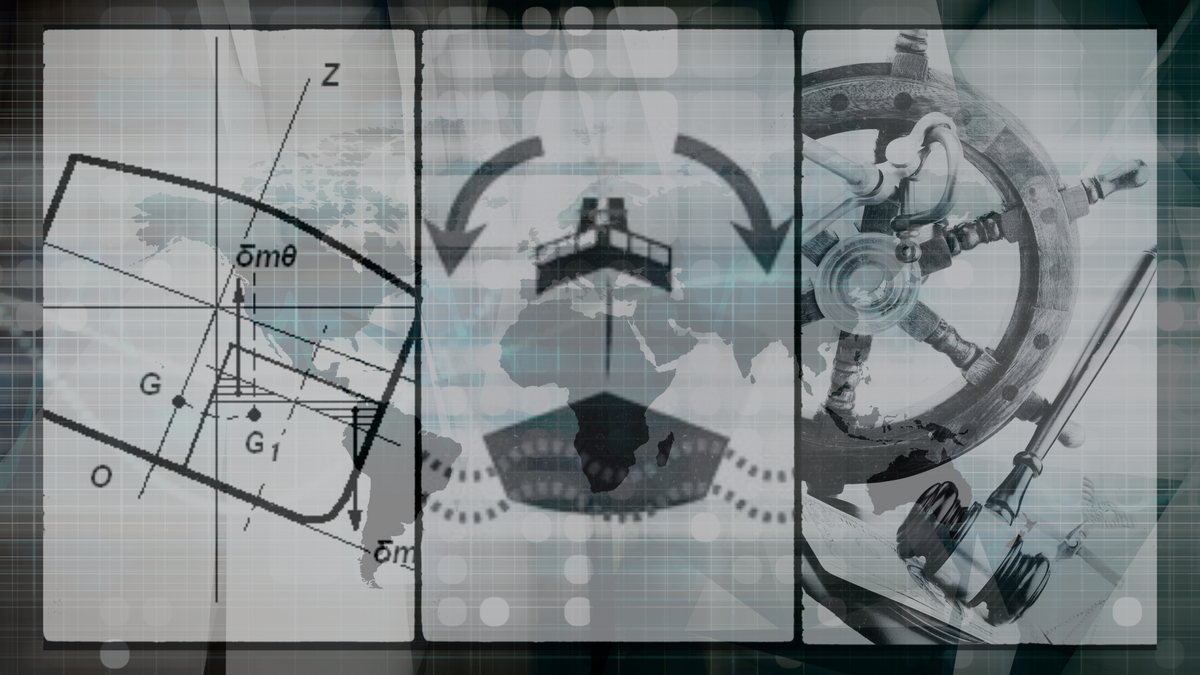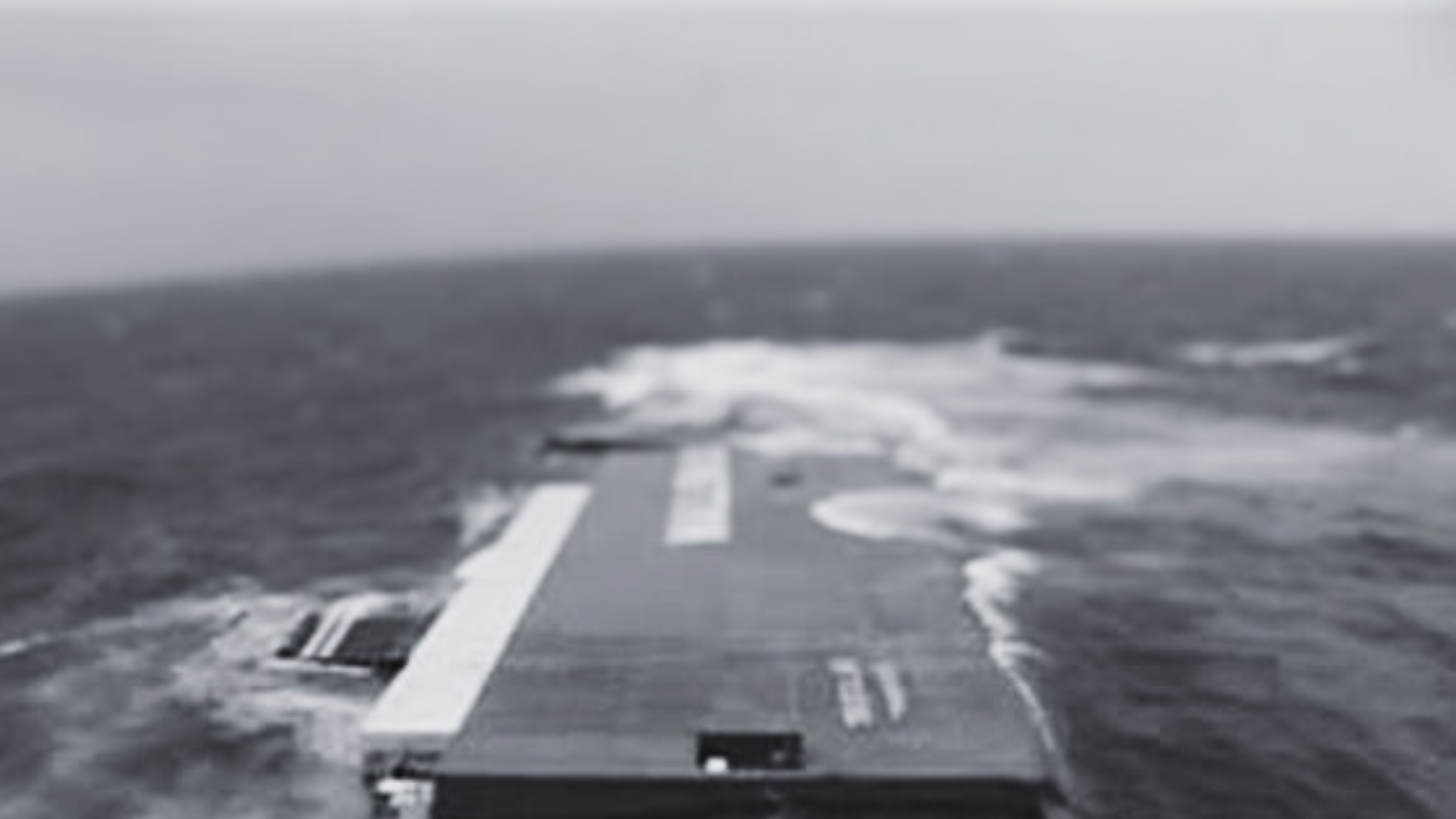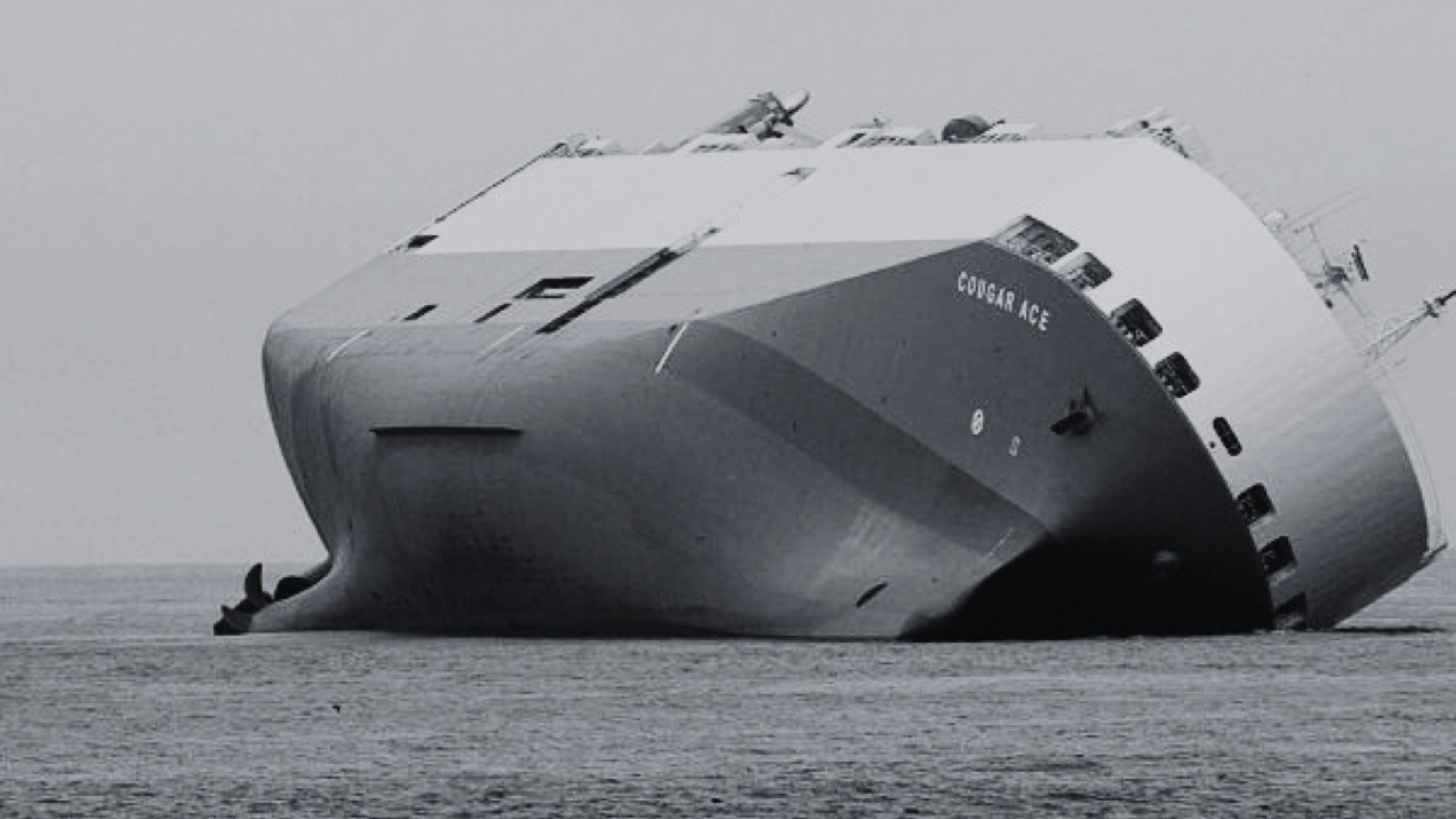Understanding Parametric Rolling: Preventive Measures and Real Case Studies

Parametric rolling is a critical phenomenon that affects ships, potentially leading to a loss of stability and even capsizing. It occurs when a ship's natural roll period synchronizes with the period of encountered waves, creating a resonance and amplifying rolling motion. This blog aims to dig a little deeper into the concept of parametric rolling, explore preventive measures recommended by maritime organizations, and analyze real case studies to highlight the importance of addressing this issue.
The Science behind Parametric Rolling
To comprehend parametric rolling, one must understand the dynamics of ship motions and how they interact with the surrounding ocean environment. We'll explore the factors influencing parametric rolling, such as hull form, ship speed, wave conditions, and cargo distribution. The blog will explain why certain ship types are more susceptible to this phenomenon and why preventive measures are crucial.
Preventive Measures to Combat Parametric Rolling
Parametric rolling can be a catastrophic event for ships, posing serious risks to both crew and cargo. As such, maritime organizations have developed preventive measures to mitigate its occurrence. This section will discuss some of the most effective strategies, including:
a) Speed and Course Adjustments: By altering the ship's speed or course, it's possible to avoid resonance with wave periods, reducing the likelihood of parametric rolling.
b) Ballast Distribution: Proper ballast management can significantly affect a ship's stability. We'll explore how careful distribution can counteract parametric rolling.
c) Advanced Control Systems: Modern technologies, such as active fins or stabilizers, can help dampen rolling motion and improve ship stability during challenging conditions.
"Sometimes, it takes a shipwreck to show us what we are made of."
Meredith Willson
Some Real Case Studies
MV Tricolor Incident

The MV Tricolor was a car carrier vessel that sank in the English Channel on December 14, 2002, following a collision with the container ship Kariba and the bulk carrier Nicola. The incident occurred in an area known for challenging sea conditions and significant wave heights.
Before the collision, the MV Tricolor experienced parametric rolling due to the resonance between its natural roll period and the wave period. This led to severe rolling motions, making it difficult for the crew to control the vessel's stability.
As the MV Tricolor continued to roll in the rough sea conditions, it collided with the container ship Kariba, further exacerbating the situation. Despite rescue efforts, the MV Tricolor eventually sank, resulting in a total loss of the vessel and its cargo.
The incident raised concerns about the risks of parametric rolling and highlighted the importance of understanding a ship's stability characteristics and the potential effects of resonance with wave periods. Investigations into the MV Tricolor incident contributed to improved safety measures and guidelines in the maritime industry to prevent similar accidents in the future.
The MV Tricolor incident serves as a significant real-life case study that underscores the dangers of parametric rolling and emphasizes the need for comprehensive ship stability management and awareness of the effects of resonance in challenging sea conditions.
"The only thing worse than a sinking ship is a captain who denies the water is rising."
Matshona Dhliwayo
MV Cougar Ace Incident

The MV Cougar Ace was a car carrier vessel owned by Mitsui O.S.K. Lines (MOL) that experienced a parametric rolling incident in July 2006. The vessel was transporting thousands of cars from Japan to North America when it encountered adverse weather conditions in the North Pacific Ocean.
During the voyage, the MV Cougar Ace encountered large and steep waves that coincided with the ship's natural roll period. This led to the onset of parametric rolling, causing severe rolling motions from side to side. The ship's stability was compromised, and it listed significantly.
In a remarkable display of seamanship and safety protocols, the crew managed to stabilize the vessel by ballasting and deploying anti-roll tanks. They also requested assistance from the U.S. Coast Guard, who sent aircraft to monitor the situation and provide support.
Ultimately, the MV Cougar Ace was brought under control, but the incident resulted in a list of over 60 degrees. It led to a temporary grounding of the vessel near the Aleutian Islands to ensure the safety of the crew and cargo.
Following the incident, extensive investigations were conducted by maritime authorities and MOL to understand the factors contributing to the parametric rolling. Lessons learned from the incident highlighted the importance of understanding weather conditions and implementing preventive measures to avoid resonance conditions.
The MV Cougar Ace incident serves as a crucial real-life case study that underscores the dangers of parametric rolling and emphasizes the significance of implementing preventive measures and proper ship stability management during adverse weather conditions at sea.
(Extra material at the bottom of blog, read more to learn more, wink wink!)
For the latest information and real-time case studies, we recommend referring to reputable maritime safety reports, accident investigations, and authoritative sources.
Guidelines and Regulations by International Maritime Organization
Maritime authorities, such as the International Maritime Organization (IMO), have recognized the severity of parametric rolling and issued guidelines to address the issue. We'll provide an overview of the IMO's "Interim Guidelines on the Second Generation Intact Stability Criteria" (MSC.1/Circ.1627, Shared Below) and how it aids in assessing a ship's vulnerability to parametric rolling.
Parametric rolling is a complex phenomenon with potentially catastrophic consequences for ships and their cargo. Through a combination of science, technology, and adherence to guidelines, we can effectively mitigate its risks. This blog has explored the underlying dynamics, preventive measures, and real case studies to emphasize the critical importance of safeguarding against parametric rolling.
"The sea, once it casts its spell, holds one in its net of wonder forever."
Jacques Yves Cousteau
As maritime industries continue to evolve, it is imperative that ship designers, operators, and authorities remain vigilant in their efforts to enhance ship stability and safety in challenging sea conditions.
There are several several ongoing technological developments aimed at preventing parametric rolling in the maritime industry. However, please note that there might have been further advancements as and when you read this blog and on this moment as well.
"There is more hope in honest brokenness than in the pretense of false wholeness."
Jamie Tworkowski
Here are some of the latest technological maritime developments to prevent parametric rolling
Predictive Parametric Rolling Alert Systems: Advanced onboard computer systems equipped with real-time data analysis capabilities can monitor the ship's motion and wave patterns continuously. These systems can detect potential resonance conditions that could lead to parametric rolling. When critical conditions are identified, the system alerts the crew, enabling them to take immediate preventive actions.
Adaptive Stabilization Systems: Traditionally, ships have employed passive stabilizers like bilge keels and anti-roll tanks to counteract rolling motion. The latest developments involve the use of active stabilizers that dynamically adjust to changing wave conditions. These adaptive stabilization systems can respond to the ship's behavior in real-time, reducing the impact of parametric rolling and enhancing overall stability.
Artificial Intelligence (AI) and Machine Learning: AI and machine learning algorithms have become increasingly prevalent in the maritime industry. By processing vast amounts of data from previous voyages, weather forecasts, and sea state information, these systems can develop predictive models for parametric rolling. AI-powered systems can then recommend optimized routes and operational strategies to avoid resonance conditions.
Improved Hull Designs: Naval architects are continuously exploring innovative hull designs that minimize the potential for parametric rolling. These designs focus on optimizing hydrodynamic characteristics, improving stability, and reducing wave-induced motions. Computational Fluid Dynamics (CFD) simulations and tank testing are used to fine-tune these hull designs.
Dynamic Ballast Systems: The use of dynamic ballast systems allows ships to adjust the distribution of ballast water based on real-time feedback from motion sensors. By automatically redistributing ballast, the ship can counteract the effects of resonance and maintain stability even in challenging sea conditions.
Integrated Navigation Systems: Modern integrated navigation systems combine data from various sensors, including gyroscopes, accelerometers, and Global Navigation Satellite Systems (GNSS). These systems provide real-time information about the ship's motion, heading, and position, allowing for better decision-making to avoid parametric rolling conditions.
Virtual Reality (VR) Training: To enhance crew preparedness, maritime training is incorporating VR simulations of parametric rolling scenarios. By immersing the crew in virtual experiences, they can better understand the challenges posed by parametric rolling and practice appropriate responses in a safe and controlled environment.
Preventing parametric rolling remains a significant concern for the maritime industry. Technological advancements, such as predictive alert systems, adaptive stabilization, AI and machine learning, improved hull designs, dynamic ballast systems, integrated navigation, and VR training, are continuously evolving to enhance ship stability and safety.
As the industry progresses, collaboration between researchers, naval architects, ship operators, and maritime authorities will continue to drive innovation and improve parametric rolling prevention measures.
Some Extra Study Material Available On Internet
ClassNK Guidelines On Prevention Measures Against Parametric Rolling
MSC.1-Circ.1627: Interim Guidelines On The Second Generation Intact Stability Criteria
Prediction Methods for Parametric Rolling with Forward Velocity and Their Validation
Cougar Ace: The Tipping Point
The Tricolor Oil Spill, The Event That Could Have Been Prevented
A smooth sea never made a skilled sailor
Keep Smiling & Keep Sailing!
Think Family, Safety First!
See you in the the next blog!
Generated with love, support & help of AI